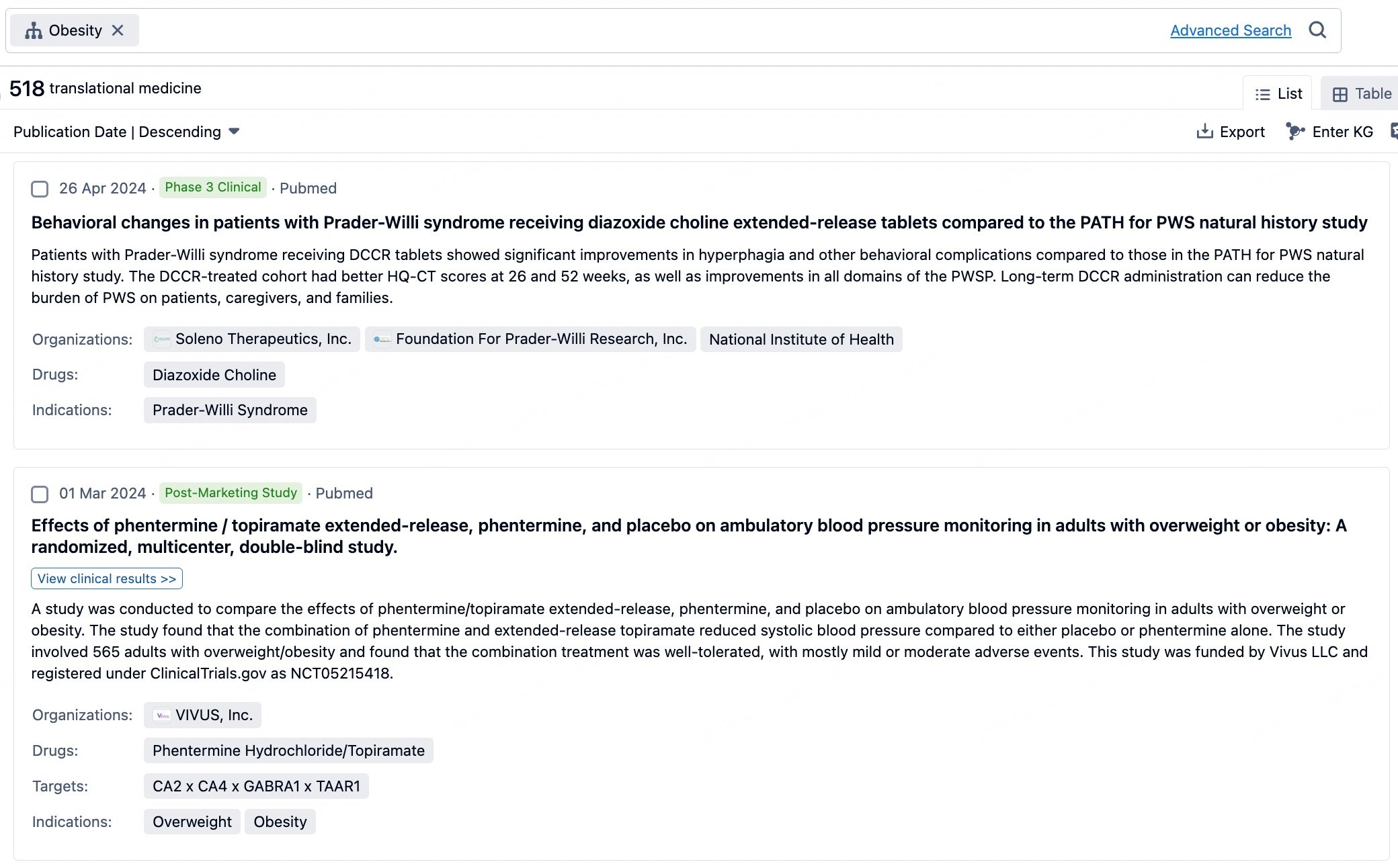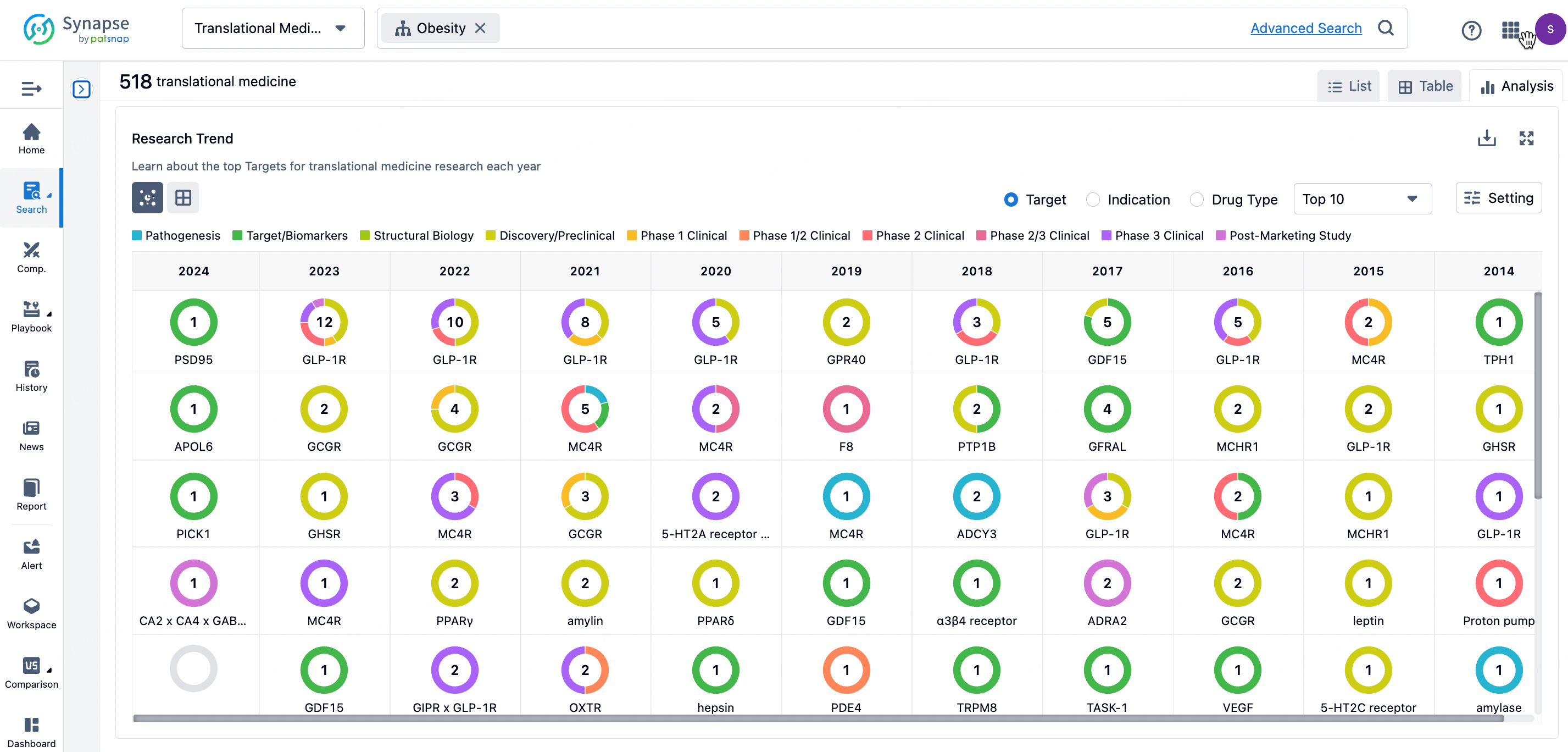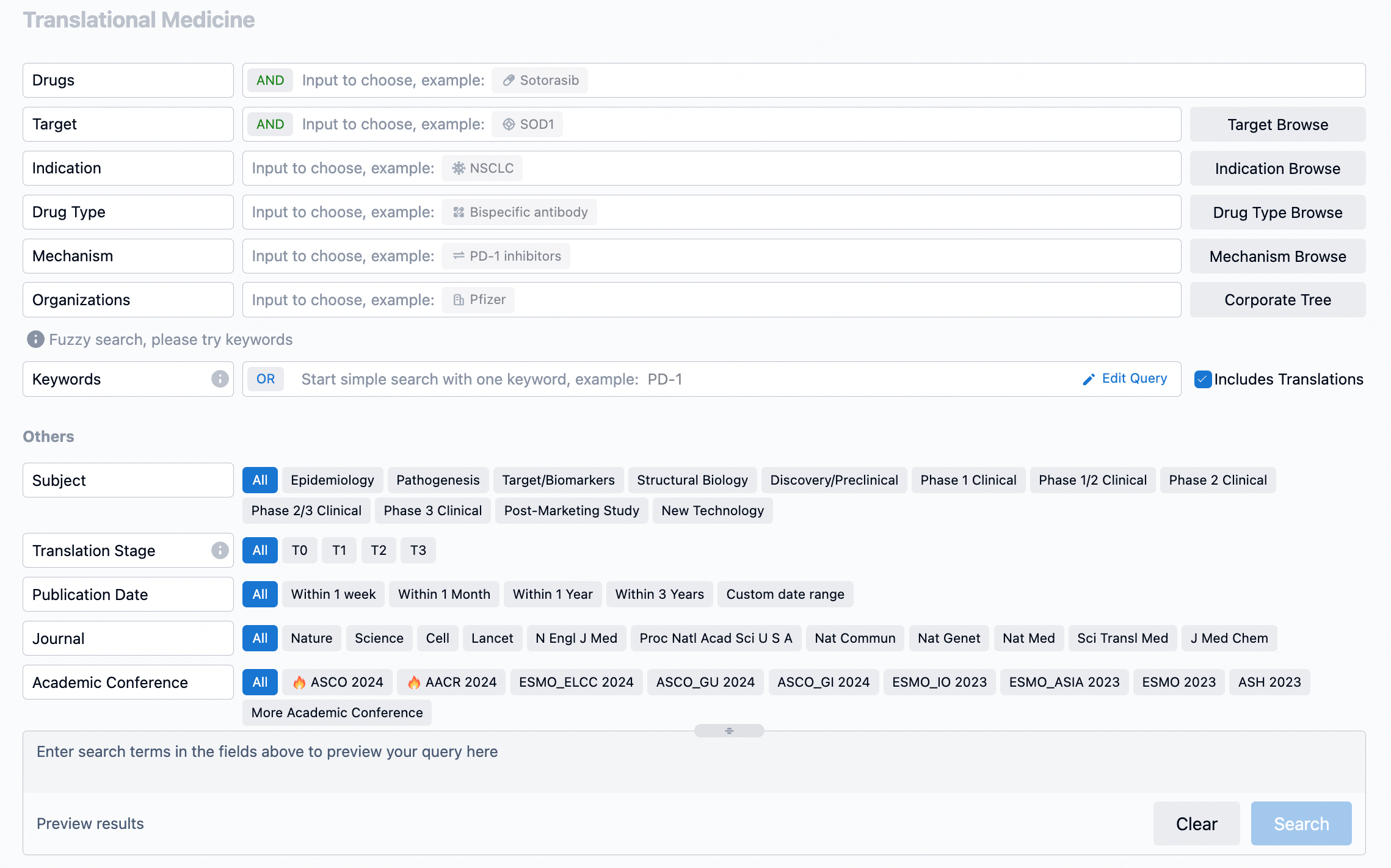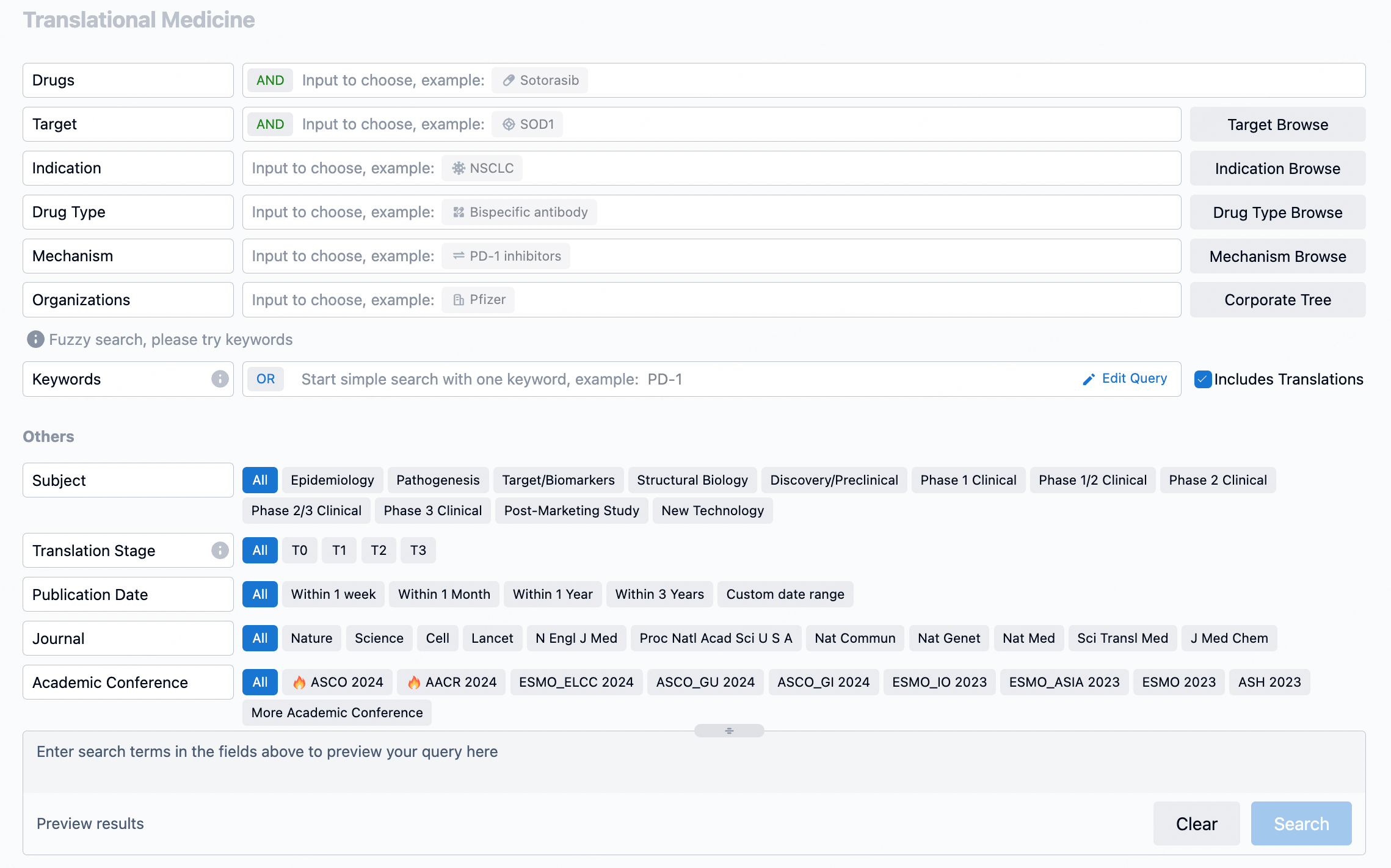Harnessing AI for the Advancement of Immunotherapeutic Agents
The methodology involved the creation of deep learning models specific to IDO and TDO to predict compound interactions. These models were used to screen a vast chemical library, identifying top candidates that were then experimentally tested for inhibitory activity. A lead compound, STB001, was developed from a core structure that showed activity against both IDO and TDO. STB001 was tested in vivo for its ability to suppress plasma kynurenine levels and was administered orally to mice with CT26 colon cancer. The compound demonstrated a dose-dependent delay in tumor growth and a marked enhancement of adaptive anti-cancer immunity, including increased CD8+ cytotoxic T cells and decreased regulatory T cells.
The optimal dosing regimen for STB001 was established based on its therapeutic efficacy and safety profile. Furthermore, the combination of STB001 with immune checkpoint inhibitors (αPD-1 and/or αCTLA-4) resulted in the complete regression of tumors in the study.
In conclusion, the use of AI and deep learning for drug development has proven to be a viable and effective strategy, as evidenced by the successful identification and development of STB001. This AI-based approach could be extended to other molecular targets to accelerate the development of immuno-oncology drugs.
How to Use Synapse Database to Search and Analyze Translational Medicine Data?
The transational medicine section of the Synapse database supports searches based on fields such as drug, target, and indication, covering the T0-T3 stages of translation. Additionally, it offers a historical conference search function as well as filtering options, view modes, translation services, and highlights summaries, providing you with a unique search experience.
Taking obesity as an example, select "obesity" under the indication category and click search to enter the Translational Medicine results list page. By clicking on the title, you can directly navigate to the original page.

By clicking the analysis button, you can observe that GLP-1R treatment for obesity has gained significant attention over the past three years, with preclinical research still ongoing in 2023. Additionally, there are emerging potential targets, such as GDF15, among others.

Click on the image below to go directly to the Translational Medicine search interface.

